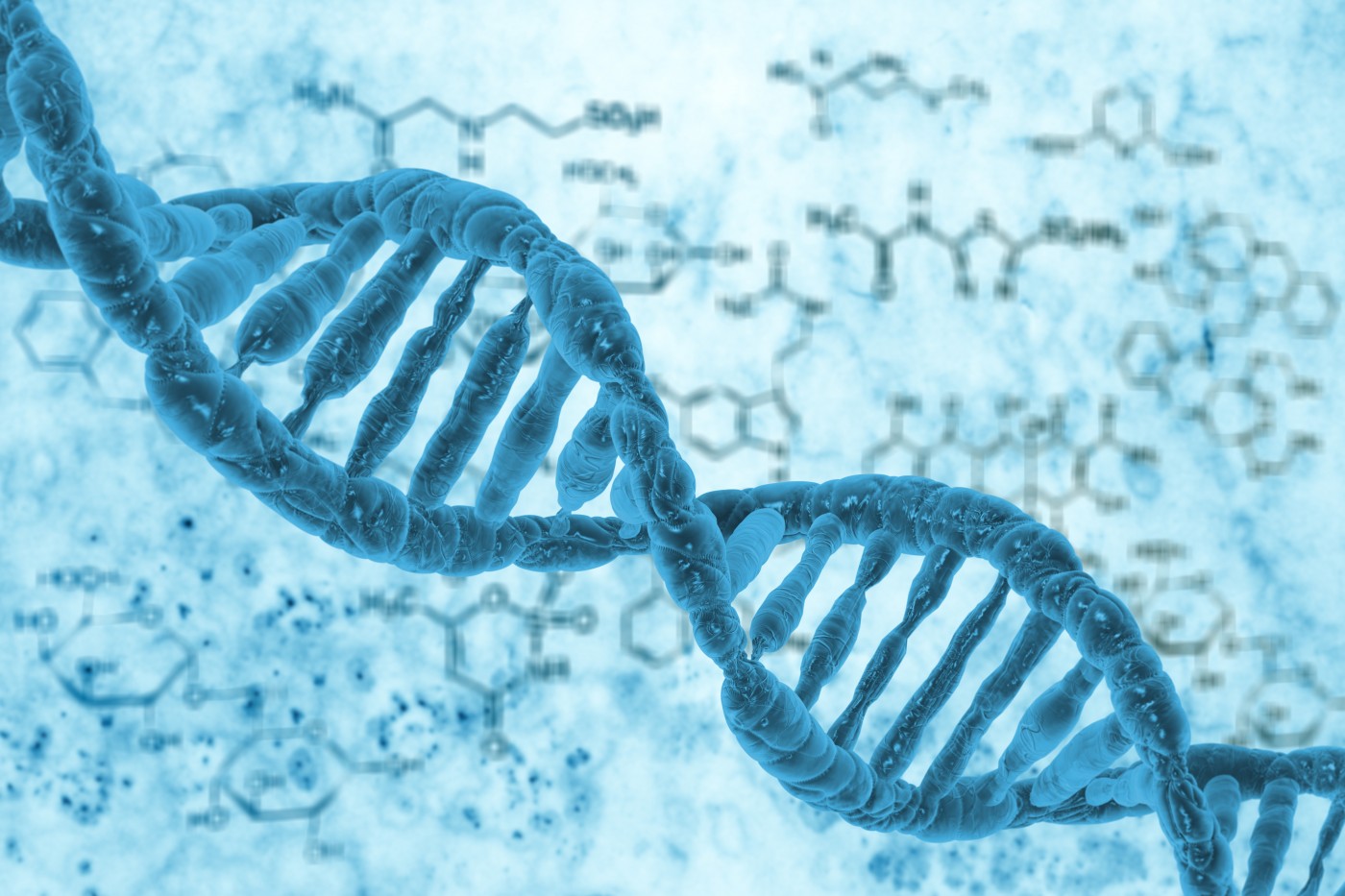Yale researchers have discovered a gene associated with melanoma and its growth, which could pave the way for new therapeutics. The study, “DNMT3b Modulates Melanoma Growth by Controlling Levels of mTORC2 Component RICTOR,” was published in Cell Reports.
The team demonstrated that DNMT3B, a DNA methyltransferase enzyme, regulates the growth and spread of melanoma. DNMT3B is essential to mammalian development and is linked to several types of tumors. The overexpression of DNA methyltransferases occurs frequently in melanoma and other types of cancers, but little is known about the particular role of enzymes like DNMT3B.
“If [DNMT3B is] not present in melanoma, the melanomas really don’t grow very much or at all,” Marcus Bosenberg, professor in the Yale School of Medicine,said in a news release. “That’s interesting for a couple of reasons. It’s interesting because it tells us about how melanoma works a little bit more than we knew … [and because it] also identifies this gene as a potential target for drug development.”
The effects of DNMT3B on melanoma progression in mice were investigated by inducing genetic modifications. The study found that mice overexpressing DNMT3B developed melanoma quickly, while lowering DNMT3B expression led to slower melanoma formation and significantly longer survival. The effects of DNMT3B were explained by the inactivation of mTORC2, which is a protein complex controlling cellular metabolism.
Scientists also analyzed the genetic profiles of patients suffering from melanoma. They found that high DNMT3B expression was linked to shorter survival. According to Bosenberg, it is “quite likely” that a drug inhibiting DNMT3B can be developed.
“This probably wouldn’t fall into the category of things that you’d call preventative medicine,” Bosenberg said. “Some melanomas are probably induced by exposure to sunlight — or UV light — and this inhibitor could potentially work to prevent melanomas, but it would probably be too expensive and too big a risk to just give a drug for that possibility.”
Viswanathan Muthusamy, the study’s co-author, said the effect of DNMT3B was surprising on melanoma growth. Another gene, DNMT1, “the major DNMT transferase,” according to Muthusamy, was supposed to be responsible for regulating disease progression.
Ze’ev Ronai, a scientific director of the Sanford Burnham Prebys Medical Discovery Institute and an expert in the field, said this study would initiate further research. “More needs to be done in the field in general,” Ronai said. “Now that Dr. Bosenberg has made this observation, it paves the way toward inviting additional studies that will explore this particular member of the [methyltransferase] family with respect to melanoma.”


